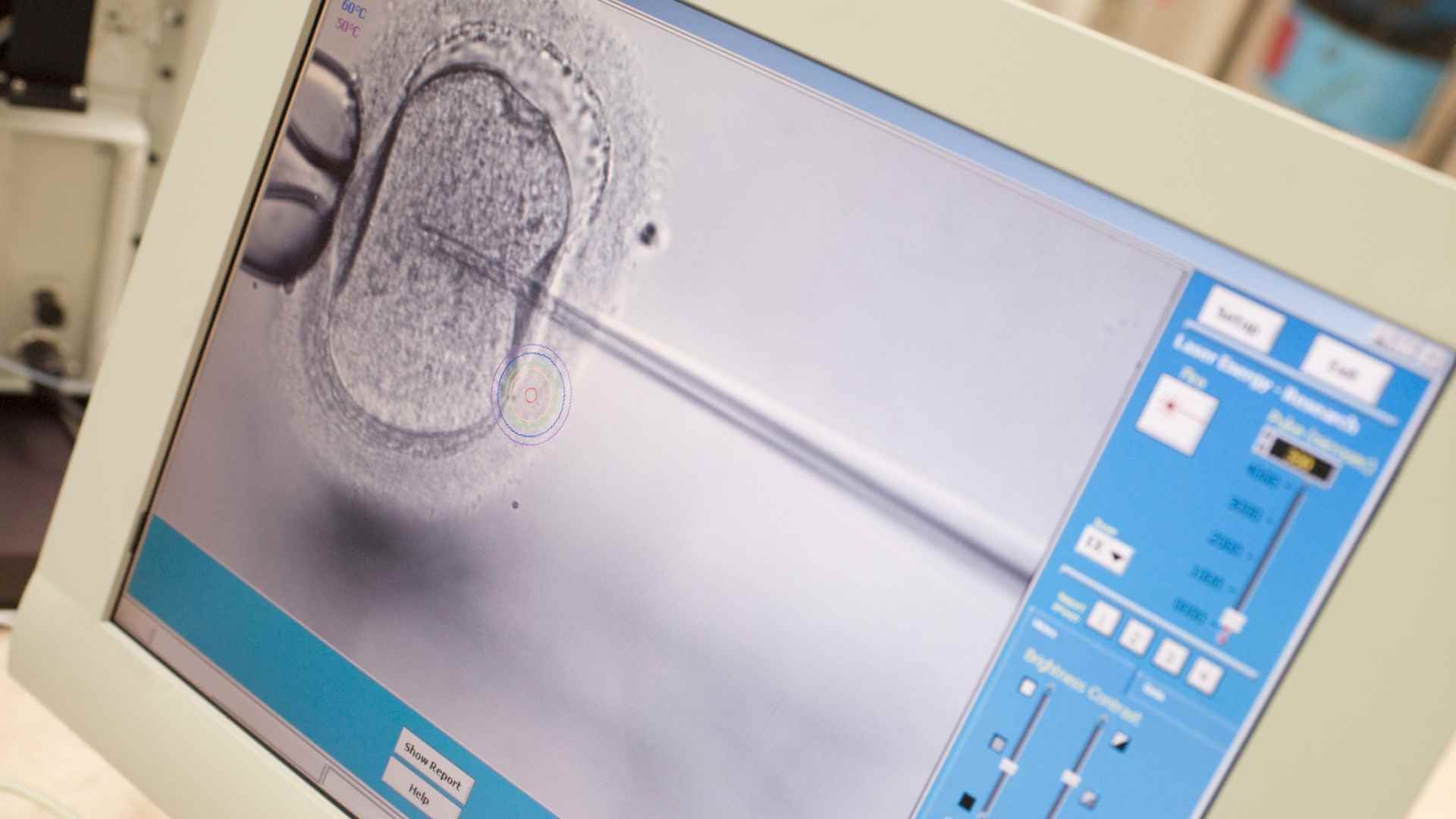How to choose assisted reproduction technique: artificial insemination or in vitro fertilization?
Today, fertility has taken a giant step thanks to different assisted reproduction techniques, mainly two, artificial insemination and fertilization in vitro.
If you want to delve into each of these reproduction techniques, in this post we explain the technical differences between artificial insemination and IVF.
Now, let's evaluate each of the options and find out when one or the other will work best.
Who chooses the assisted reproduction method?
The decision about which method to use usually has to do with medical judgment and the medical team's assessment of the patient's health.
Cases in which families choose assisted reproduction technique
On some occasions, it is the patients who decide based on non-medical criteria.
This is the case of people who do not want to undergo too much hormonal stimulation and choose the INS protocol.
Or people who, for ethical reasons, do not want to accumulate too many frozen embryos and prefer to do an INS or a MiniIVF.
There may also be an economic condition, whereby a family prefers to try a series of INS since they are cheaper procedures, as long as the medical criteria necessary to choose an INS are met.
Medical criteria for choosing INS or IVF
If there are no particular conditions, in general, the Artificial insemination is recommended for cases with the best fertility prognosis., that is, for couples with less serious problems when conceiving, while the In vitro fertilization is suitable for people and couples with a more difficult fertility prognosis.
Cases in which artificial insemination is recommended
INS is ideal for cases in which fertility is delayed but there are no major overt physiological problems, such as low quality or quantity of semen, ovulation disturbances, problems with the tubes or coital factors.
Artificial insemination is indicated in women who, upon trying fertilization, in vitro They respond abnormally to ovarian stimulation, generally producing many more follicles than normal. When this occurs, generally the maturation rate of these follicles is not good and they are not usually viable for fertilization.
These patients, therefore, are usually redirected to INS or MiniIVF.
Most common characteristics in artificial insemination patients
- Young patients, less than 35, with good ovarian reserve.
- Mild endometriosis.
- Mild sperm alterations.
- Ejaculation or erection problems.
- Women who have suffered hyperstimulation with IVF.
Cases in which fertilization is recommended in vitro
fertilization in vitro It is recommended for people with more severe fertility problems.
Fertility problems that would point to IVF
- Obstructed tubes. In fact, this condition was the main reason that motivated the investigation of this technique, although it has later been expanded to many other cases.
- Severe male sterility.
- Severe endometriosis or adenomyosis.
- Women over 35-37 years old.
- Polycystic ovaries.
- Need for donors due to major problems in one of the members of the couple or because they are a same-sex couple.
- Women who have not responded well to the INS.
What works better, artificial insemination or fertilization in vitro?
It is generally agreed that IVF is more effective in terms of pregnancy rate. Although the rate is slightly higher, some details must be taken into account when interpreting the numbers.
These measurements contemplate an entire IVF process, which includes stimulation, ovarian puncture to remove the follicles, fertilization, vitrification of those that are not going to be transferred and as many embryo transfer attempts as necessary or even find a successful pregnancy or even consume the stock of vitrified embryos.
This way, the cumulative success rate is higher. In the case of INS there is only a single fertilization attempt, so the absolute rate is considerably lower.
What is the success rate of IVF?
As for figures, although they can move between studies and depending on who publishes them, there is a certain consensus.
The chances of pregnancy from a complete IVF process in a woman under 35 years old are around 40-50%. And with eggs from a donor, where the age of the donor is always optimal and the age of the recipient is somewhat less decisive, it goes up to 60-65%.
What probability of success does an INS have?
The chances of pregnancy due to INS are usually 18% in women under 34 years of age. But a corrective effect would have to be applied to this figure to be able to compare it with the previous IVF figure. If an average of 4 INS attempts were made, in order to compare it with the average number of IVF transfers, the cumulative success rate would be 45-50%.
In this option, the age of the woman is an important condition, lowering the initial rate to 14% in women between 35 and 37 years old or up to 11% in women over 38 years old.
In fact, the pregnancy rate of the human species is, naturally, very low when compared to other animals on the planet.
Under ideal conditions, a young, fertile, healthy couple who has sex when appropriate has, at most, a 25% chance of achieving a viable pregnancy. And the possibilities begin to decrease progressively once you turn 30.
The decline becomes more pronounced from the age of 35 and after the age of 42, there is only a 5% rate of naturally successful pregnancies.
It may interest you:
Here I leave you three books that will help you face any of the reproduction processes:
- Notebook of emotions in fertility processes
- How did Julia get into mom's tummy?
- It all starts with the egg
If you also want to read about how you can prepare for an assisted reproduction process, I leave you these three posts:
- How to choose the best assisted reproduction clinic
- Fertilovit: the benefits of folic acid for couples seeking pregnancy
- Male fertility: three tips to improve it

